|
We reached out to our Jackson Wild Media Awards filmmakers to ask them five questions about the experience of making their films.
What inspired this story? Director Jeff Wilson: We spent 4 months living and working with Adelies in 2009/2010 Antarctic season alongside the United States Antarctic Program for the BBC series Frozen Planet – but we came away from the experience thinking there was more to these amazing little krill buckets than we were able to tell in a sequence led series. Describe some of the challenges faced while making this film/program. JW: All filming in Antarctica is challenging primarily due to the enormous logistics that filming on the continent requires. We were fortunate to co-operate and be supported by the National Science Foundation as well as French and Argentine Antarctic Programs, but nonetheless, extreme weather played a key role in both the failures and successes of this film. What did you learn from your experience making this film/program? JW: Nothing can replace long term observation and on the ground expertise in making a good wildlife film - Understanding ones subject matter intimately is key to developing storylines and getting the nuanced behavior which is the core of long form wildlife storytelling. How do you approach storytelling? JW: The best stories in the natural world tend to present themselves to those who take the time to watch, but beyond that I try and narrow the distance between the human experience and the wild animal behavior we observe in the field to remind our audience they are more connected to the natural world than many of them realize. I believe this is a cornerstone to any good conservation movement. What impact do you hope this film/program will have? JW: I have already watched cinemas full of families and children interact with this film through both the amazing cinematography , the storytelling and the music – I really hope that this film will have longevity in inspiring families and especially children to find out more about the Antarctic continent and the plight of penguins worldwide. Were there any surprising or meaningful moments/experiences you want to share? JW: Our first season saw the teams camp decimated by winds of 151mph at Cape Crozier in the Ross Sea area of Antarctica, which we thought was a record , until the team filming the following season at Hope Bay on the Peninsula had to endure 157mph which was a wind record for mainland Antarctica! As we watched the penguins nonchalantly disregard these hurricane force katabatics (their aqua dynamic design is perfectly suited for wind forces), both events taught us very severely that humans have no permanent place on Antarctica. Long may that last. Anything else you would like people to know? JW: Cuts to science funding in the US by the government are severely affecting long term studies on penguin ecology and climate change which are vital to our understanding of Adelie penguins and other species inhabiting Antarctica. How can audience members take action to help the cause or issue featured in this film? JW: Disneynature supports the Global Penguin Society and audience members can too through this site. Also, you can learn more about the important work going on at our main filming site through the fantastic resources from our partner science team here.
0 Comments
We reached out to our Jackson Wild Media Awards filmmakers to ask them five questions about the experience of making their films.
What inspired this story? Director and Producer Dusty Hulet: When I was a kid, my dad took me with him to volunteer on an Idaho Fish & Game deer study. To my twelve-year-old amazement, it was our job to hide in the bushes, then run and tackle the deer that were being herded into nets by a helicopter. We held them down just long enough for a wildlife researcher to put a radio collar on them, before releasing them back into the wild. As a twelve-year-old, it was the craziest thing I’d witnessed under adult supervision, and it really stuck with me as I made my way into the world of film. A few years ago, I was finally able to go back to Idaho to film a similar deer study. In doing so, I caught wind of Colorado Parks and Wildlife researchers crawling headfirst into occupied bear dens, armed only with handheld tranquilizers on telescoping poles—tranquilizers that took 15 minutes to do anything. I convinced the researchers to let me film them for a just a couple of days, then a couple more. Things snowballed from there. Four years later, what was to be a segment in a short film is the standalone feature, Bears of Durango. Describe some of the challenges faced while making this film/program? DH: I was really close to puking my guts out by the time we got to the first den. The Durango study’s bears didn’t always den in especially convenient locations, and the first one I visited was up several thousand feet of snowy, trailless Rocky Mountain. The researchers, whose regular duties include visiting bear dens in Colorado’s deep winter snow, are what you might call “ultra fit.” It’s one thing to even keep up with them, it’s another thing to haul all the camera gear fast enough to get ahead of them, then not pass out while you try to control your breathing long enough to hold a stable shot. What did you learn from your experience making this film/program? DH: The battle is ongoing, but this process has made it very clear to me that every indie film is a miracle. Doesn’t matter how bad it is. It’s really tough to make something at all, let alone something good. How do you approach storytelling? DH: With Bears of Durango, it was important to me that the researchers’ voices carried the story. No narrator, no host, no David Attenborough (though I’m happy to talk with you about my next project, Sir Dave). Without exception, we found the researchers doing this work to be fascinating, vibrant characters. Though you hear my voice a few times in the film, the story is theirs, and you hear it from them, expressed in their own way. Beyond that, humor plays an interesting role in the film. Bears of Durango ventures into heavy issues—climate change, human development, and mounting pressures on wildlife populations.
What impact do you hope this film/program will have?
DH: There’s much to say on this one, but I’ll leave it at this: My four nieces have plenty of Miley Cyrus to look up to. What they need is more Dr. Heather Johnson. They need to see that they can be brilliant scientist leaders, wrestle bears twice their size, and positively impact the world. Were there any surprising or meaningful moments/experiences you want to share? DH: While filming in the back of the first den I visited—two bears between me and the exit—a researcher straddling the two bears explained to me how important it was that I take care not to touch the semi-sedated sow’s nose, as I climbed over her and her yearling. “Bears noses,” I was told, “are extremely sensitive.” The researcher, Twistered her way over the bears to the other side of the den, then led the way through the 14-inch belly-crawl gap in the boulders, and up the six foot tunnel in the snow that the researchers had dug to the den’s entrance. On her way out, her boot slipped off the wall, and popped the sow right in the nose. The sow’s ears, silhouetted against the den’s opening, slowly lifted to an alert position. It was a different kind of “peak experience,” with pure adrenaline coursing as I straddled her and her yearling before being dragged out the tunnel by the researchers. The sow didn’t fully wake up until we were packed up and long gone, but it made for a very memorable first shooting day. What next? DH: We’re not out of the woods yet. There’s much to do with Bears of Durango—some interesting challenges, and some amazing opportunities. We hope that our time at Jackson Wild will us connect with those who can help us take the project to the next level. Those interested in getting involved or following along with our journey are invited to visit bearsofdurango.com.
We reached out to our Jackson Wild Media Awards filmmakers to ask them five questions about the experience of making their films.
What inspired this story? Director Ian McAllister: This story was inspired by my 30 years of conservation work in the Great Bear Rainforest. I was fortunate to be first introduced to the Great Bear Rainforest about 30 years ago, when what I thought was going to be a one-week exploratory trip turned into a 30-year journey. Making a giant screen film about this area has been on my mind for a long time. I wanted to bring awareness to this globally rare wilderness so that others can see what I see. It is the story of a threatened unique rainforest next to one of the planet's most prolific ocean environments that is also facing pressure from industrial development. Describe some of the challenges faced while making this film. IM: This is a natural history film of some of the planet's undocumented elusive wildlife. In order to bring that to the giant screen, the crew spent more than 400 days in the field filming spirit bears, wolves and countless other species, which took a tremendous amount of time to properly capture. Filming in an extremely remote area with a complicated coastline without any roads or easy access, with the addition of harsh wind and rain, brings its own challenges. What impact do you hope this film will have? IM: I hope people leave the theatre with a sense of real hope, knowing that places so valuable ecologically and culturally still exist and still can thrive, and seeing that ecological protection can be something exciting and beautiful, rather than dark and difficult. Maybe some will also be inspired to engage with the rainforest in their own way, or to get involved in environmental work, which doesn’t have to mean becoming a scientist. There are countless skills that can play a role in helping to protect places like the Great Bear Rainforest—from science to the arts to logistics…and even entertainment. Any fun facts about the film, the subject matter or the production crew that might surprise the audience? IM: A fun fact about this film is that the Spirit Bear, which is one of the key characters of the film and the area, is rarer than the panda bear. Many people confuse it with a polar bear, but it is actually a subspecies of the North American black bear that has white fur due to a rare genetic trait. Spirit bears are only found in the Great Bear Rainforest. No one knows exactly how many spirit bears there are, but estimates range from 50 to 100. They truly are the rarest bears on earth! What do you feel is most important to remember when telling stories to younger audiences? IM: I love the fact that in the Great Bear Rainforest, both the film and the actual place, indigenous youth are the central voice of the region. We wanted to spotlight real people, especially young people, and real things that are happening in their communities. This results in youth talking to youth, and I believe that is the most important element in telling stories to younger audiences. Guest written by Robin McGahey, edited by Melina Formisano, Adam May, and Chris Campkin The Jackson Wild Summit is over, and I don’t know about you, but I’m feeling a little bit nostalgic. From the screenings and the panels, to networking on the dance floor, to the sunset on the Tetons, the Jackson Wild Summit is unlike any other. The conversations were flowing, the content was progressive, and the word “impact” now has a brand of its own. One particular highlight was the fun and interactive “Drop in the Ocean”. The social VR experience is co-produced by NGO Conservation International and Vision3, a London based production company, and in association with Vulcan Productions. “Drop in the Ocean” immerses you deep into the beauty of the ocean – but also directly into the plastic pollution crisis plaguing the world’s oceans. Conservation International and partners aim to raise awareness and trigger action to address the impacts of plastic pollution affecting everything from the smallest plankton to the largest mammals. The approximately 10-minute experience starts the moment you set foot in the VR area. Once the goggles are on, an AI-based markerless tracking system attaches a “skeleton” to your shape. This is what’s happening when the ever-so-lovely VR assistant tells you to please keep your arms out to a “T” and dance around a bit. I promise, it’s not just for our entertainment; it’s so the skeleton can properly attach on to your arms, legs and torso, enabling it to move with you as you go through the experience so that you can see yourself and your co-participants depicted as a collection of marine snow. As the narration begins, the soothing voices of explorers and environmental advocates, Phillipe and Ashlan Cousteau transport you through the ocean, on top of a giant Jellyfish. You start at the at the depths where you can reach out, touch, and almost hold some of the tiniest lifeforms in our ocean, then slowly rise up to the surface. Along the way, you’ll meet many colorful characters, some curious mammals, and eventually (spoiler alert!) get eaten by a whale shark. Dr. Sylvia Earle said it best after her experience: “[Drop in the Ocean] captures the essence of the ocean, the real ocean. It’s not just rocks and water – it’s alive.” Our ocean is living, breathing, and so incredibly colorful, even at the deepest parts. It’s also been polluted down to the most microscopic levels. “Drop in the Ocean” didn’t just enable the audience to see the state of our oceans, it made them feel it. When it comes to impact, that makes all the difference. What exactly are we seeing though? Here, Chris Campkin and Adam May, two of the creators from Vision3, and Melina Formisano, VP of Brand Marketing from Conservation International, have answered a couple of questions you might have had after the experience. What are we supposed to be witnessing? AM: Evidence of destructive human impact at the base of the food web and leaving with hope to create a better world. CC: We are shrinking you down to about the size of a thumb, or roughly the size of the plankton you are surrounded by, to put the viewer face to face with the impact of plastic pollution in all parts of the ocean. It’s supposed to be educational, visually stimulating, and interactive. We highly recommend trying to touch everything you can. What are we actually seeing? CC: It’s a combination of CGI and original content from the archives of Peter Parks’s lifelong work, a man who dedicated his life to studying and capturing images of plankton. Why did you want to start from the depths of the ocean? AM: The connection point between microplastics and human impact. It is also where we get our oxygen. CC: There’s also something mystical about starting from the bottom. It’s all black, so the plankton really light it up, like stars in the night sky. It makes the starting point relative, and draws the user in. Why the Jellyfish? AM: It’s an elegant and natural elevator. CC: Also, why not? Who wouldn’t want to ride a Jellyfish through the ocean? It’s fun for people of all ages Out of all of the media platforms you can use, why did you choose to go with VR? MF: The idea for Conservation International to create virtual reality (VR) films came from the desire to bring more people closer to nature and the work of conservation. VR allows more people to experience the beauty and importance of these places and ecosystems without the time or cost of travel. The immersive experience of VR creates higher levels of empathy that can change minds and change behavior. Not to mention that because the VR technology is still new and evolving, we are able to reach new audiences that may be initially interested only because of the cool technology but who leave the VR experience with a better understanding of our work and the importance of conservation. Through VR, we believe more people will come to understand how local communities rely on nature and they will be moved to help protect nature for the benefit of us all. “Drop in the Ocean” was one of the many amazing VR simulations shown during the week at the Jackson Wild Summit. In addition, there was “My Africa”, produced by CI and Passion Planet, in association with Vision3; “Everest VR: the Movie Experience” by Jonathan Griffith Productions, Legend 3D, and Vulcan; “Greenland Melting” by Frontline, Emblematic Group, NOVA, Rex Studio, and Realtra,; “Polar Obsession” by Black Dot Films VR for Nat Geo; and the Sanctuary 360 series, by Kate Thompson, Nick Zachar, and Shannon Shikles. All of the above did such an amazing job of capturing the livelihood of this planet, and the monumental role that VR can have in impact media.
|
Archives
March 2024
Categories
All
|
Contact UsJackson Wild
240 S. Glenwood, Suite 102 PO Box 3940 Jackson, WY 83001 307-200-3286 info@jacksonwild.org |

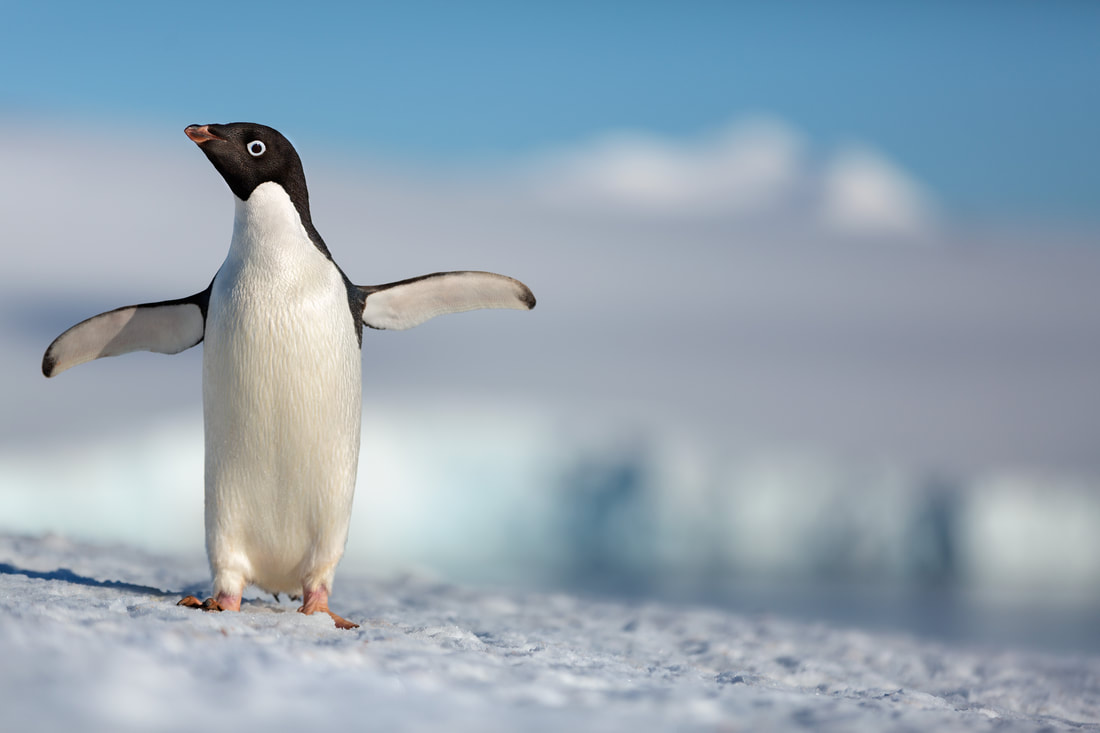
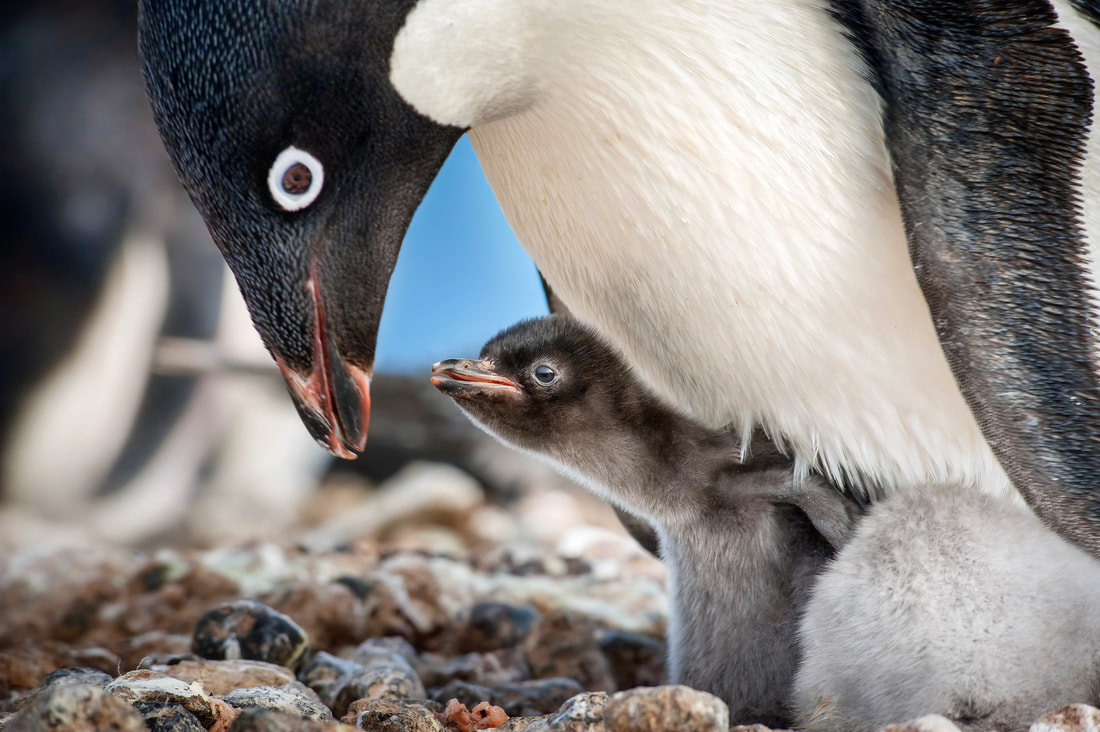
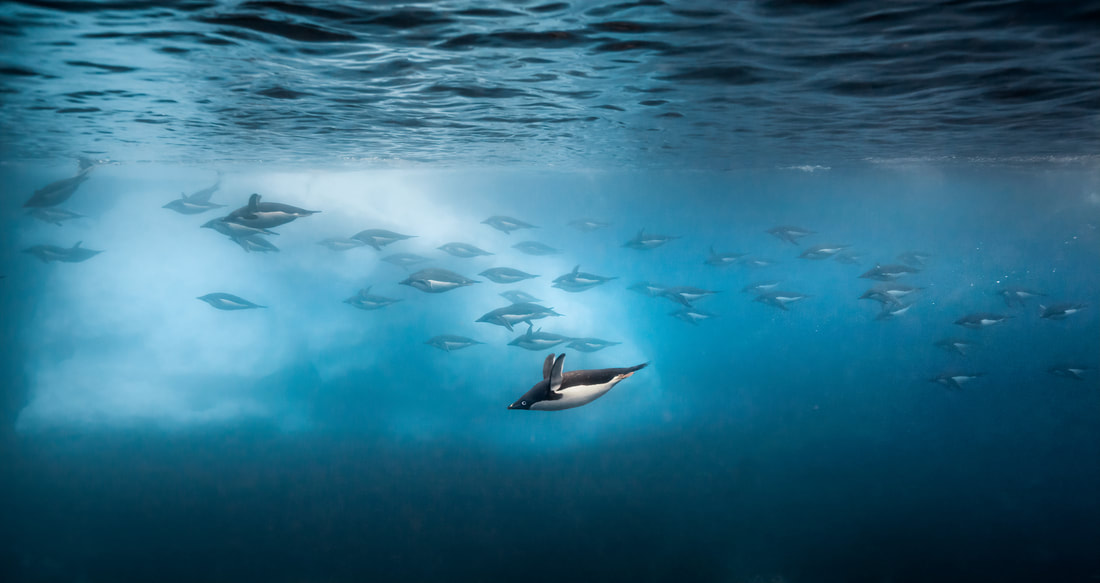
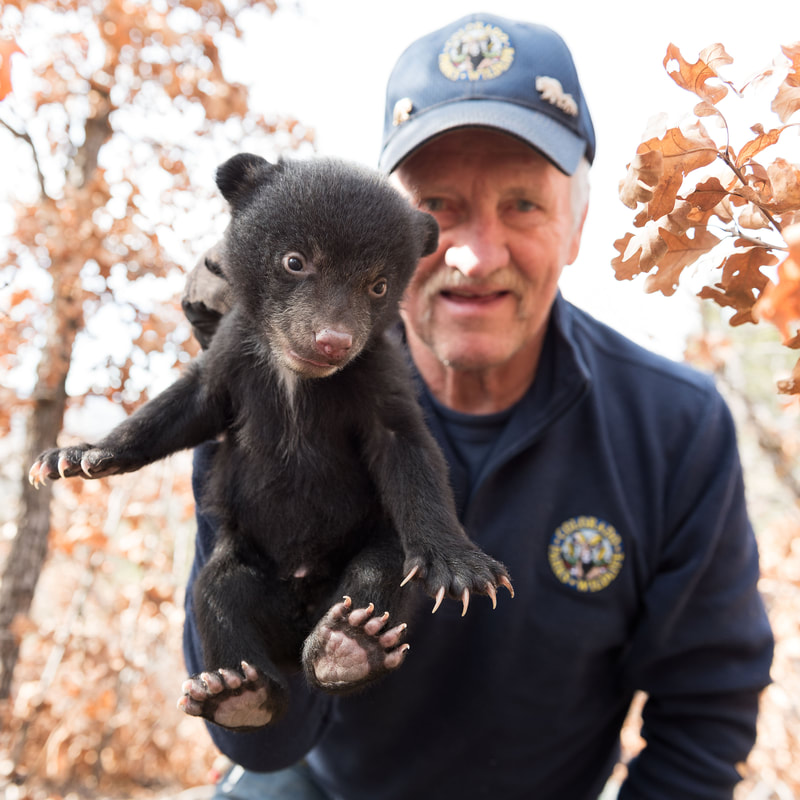
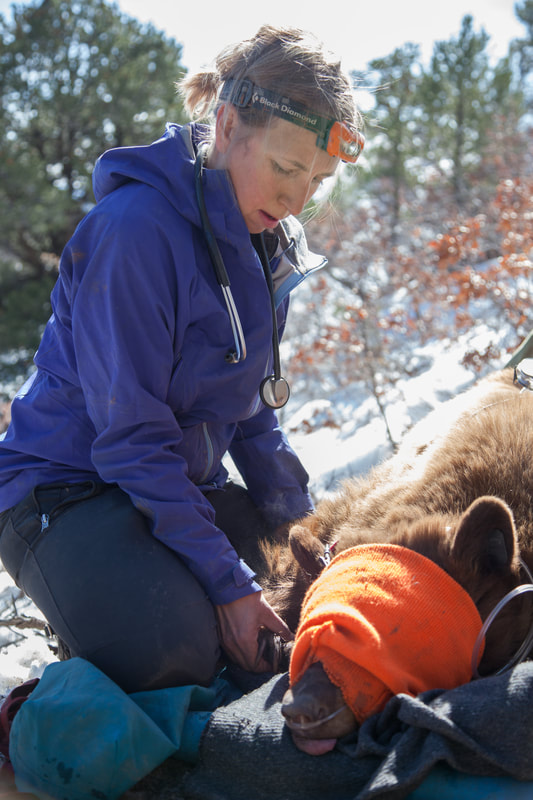
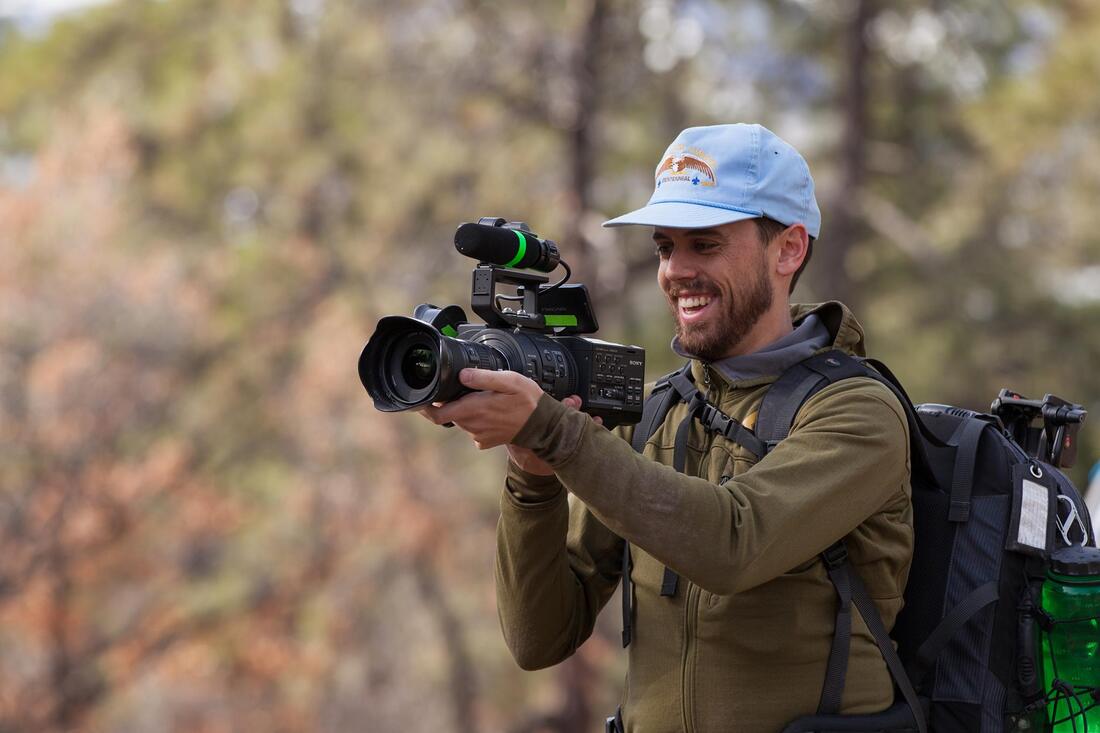
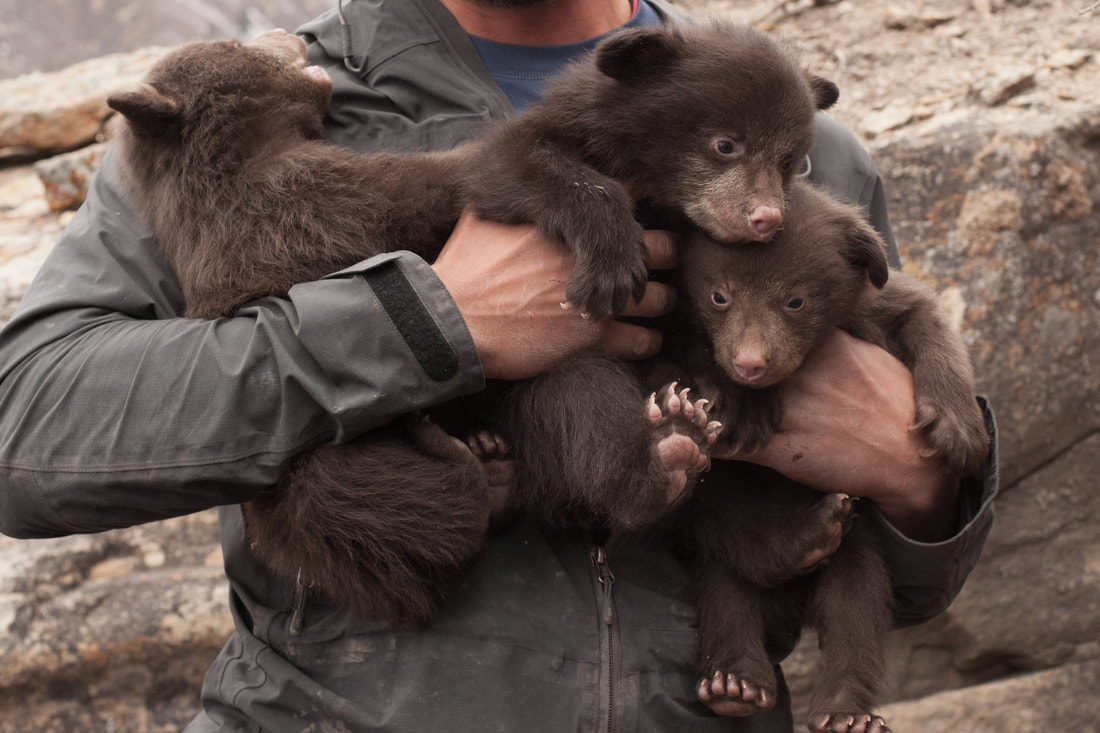
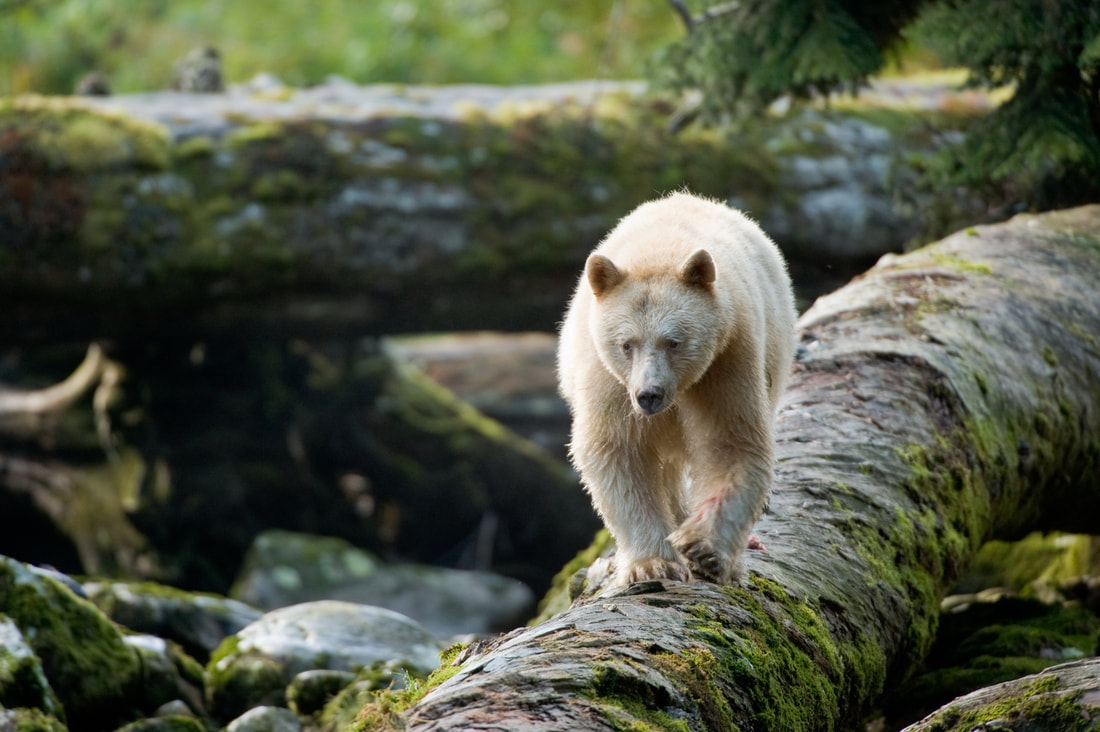
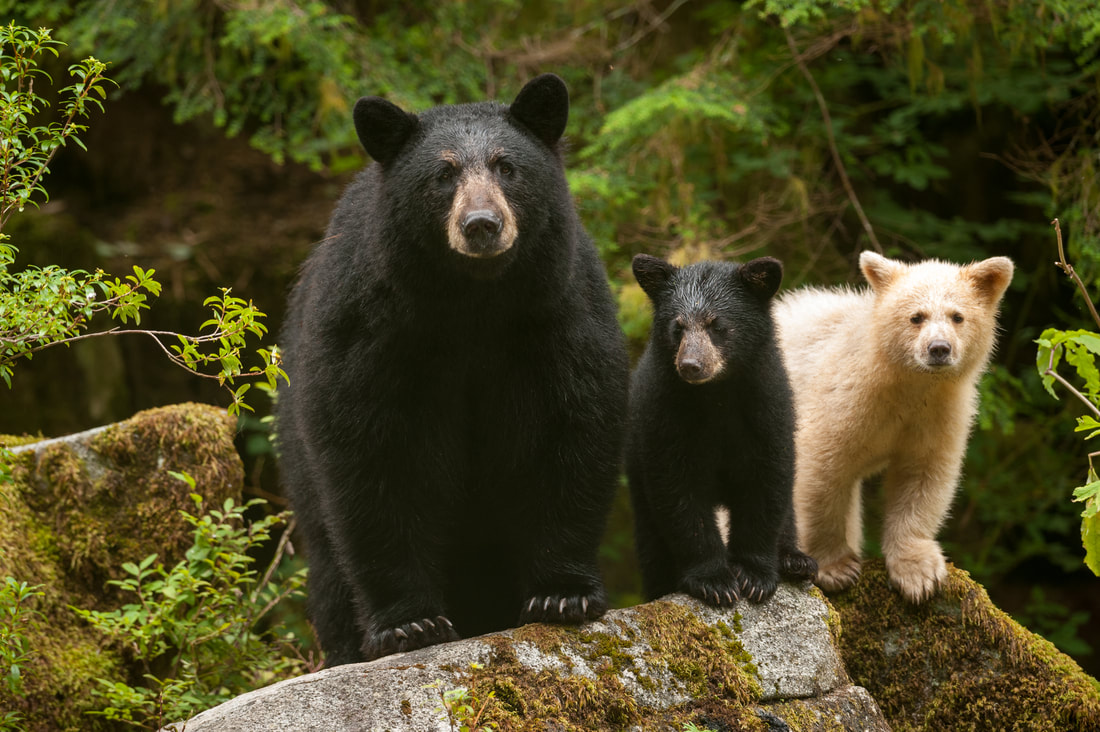
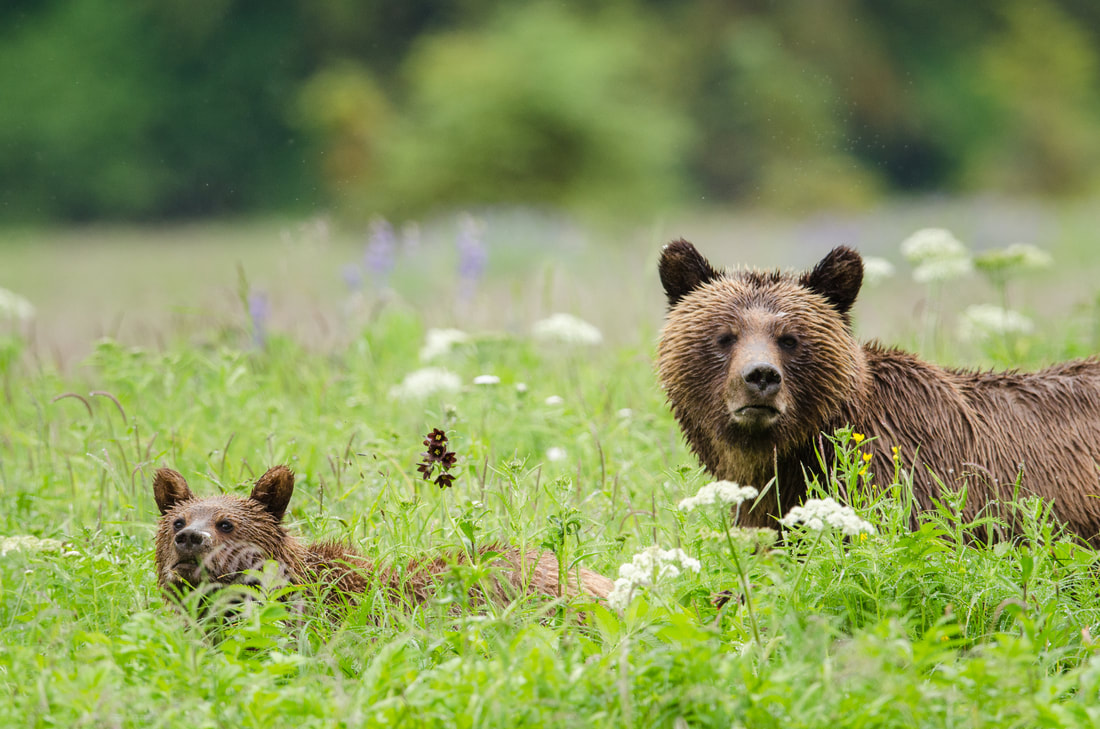
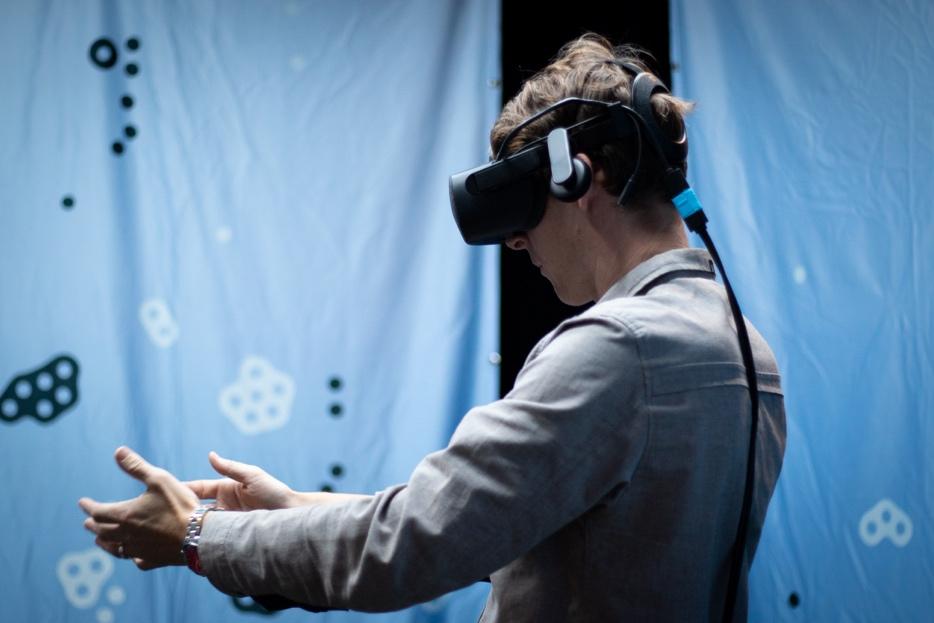
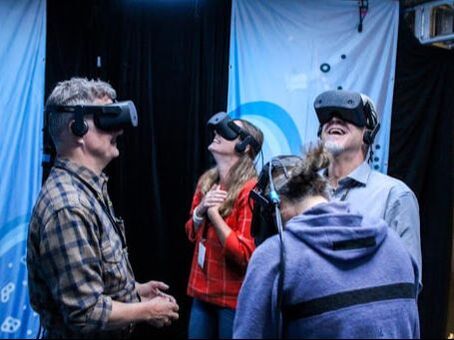
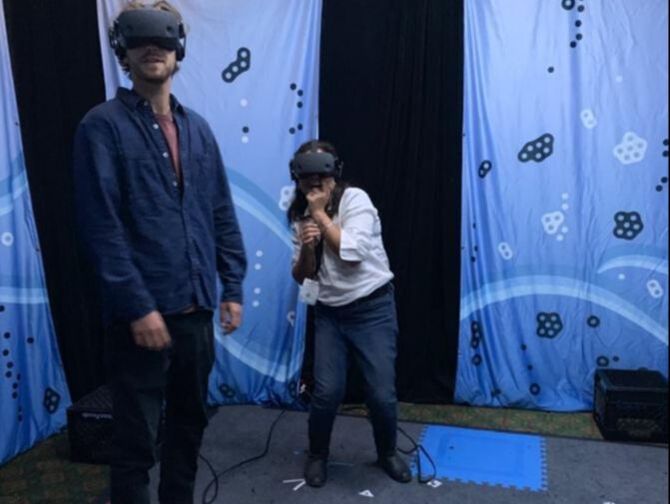
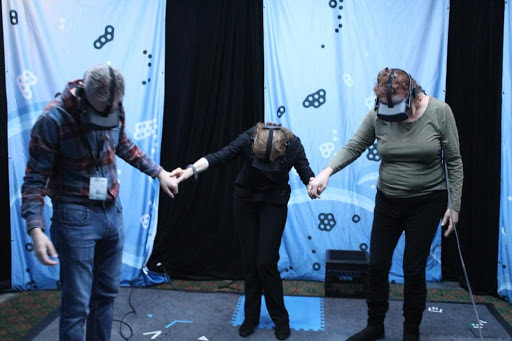
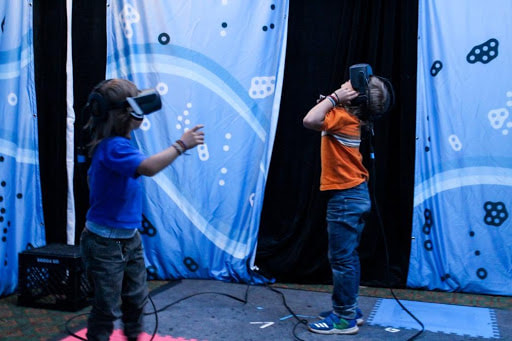
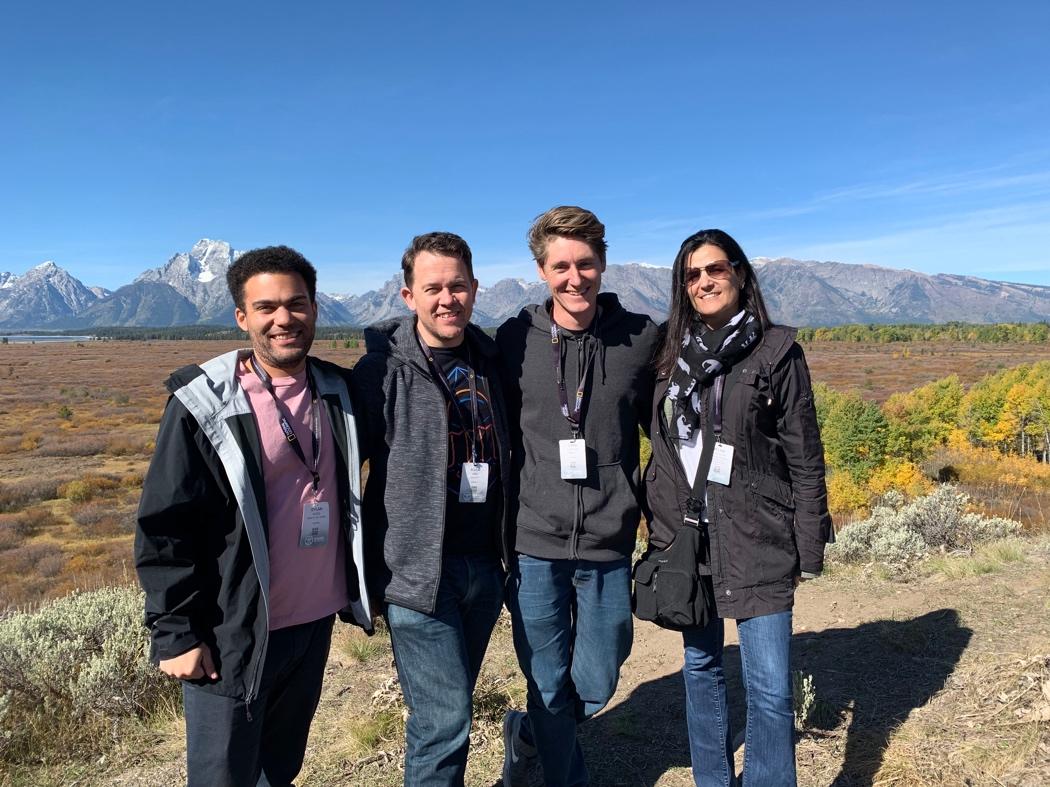
 RSS Feed
RSS Feed